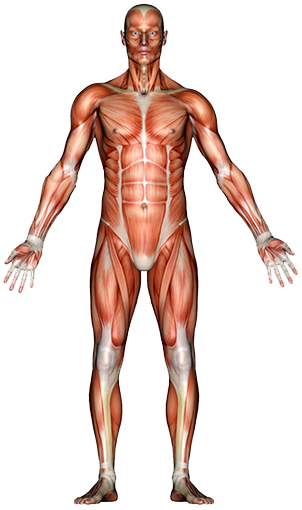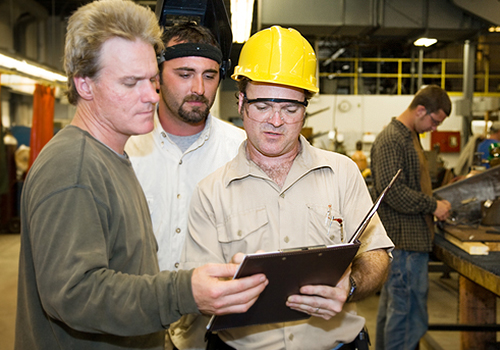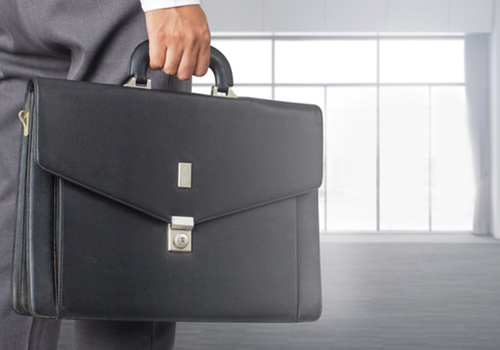
Ergonomics Expert Witness
Principal Dennis Mitchell has been providing ergonomic related services for over 30 years and has been providing expert witness related services for over 20 years. Mr. Mitchell has testified on behalf of the US Department of labor (DOL) as well as the Occupational Safety and Health Administration (OSHA) in public hearings in Washington DC on behalf of past ergonomic initiatives. Most if not all legal related matters require some type of objective measurement of the work environment utilizing our objective workplace measurement technologies. Mr. Mitchell has provided expert witness related services in the following areas.
Federal Employers Liability Act (FELA)
The FELA act was set in 1908 and is used to file claims against companies that are in the business of railroading. These claims are usually of a cumulative trauma type or for an acute or specific injury event.
Cumulative trauma injury claims
Employees bringing a claim either directly to the Claims Department or indirectly through council will typically employee very vague language as will their experts, if they chose to retain one. Utilizing state of the art objective workplace measurement technologies allow us to challenge their claim by comparing our objective results to thresholds that have been established in the literature for specific body parts;
- Neck
- Eyes
- Cervical
- Shoulder
- Thoracic
- Lumbar spine

- Elbow
- Hand and wrist
- Fingers
- Hips
- Knees
- Ankles
As well as specific disorders including:
- Bursitis
- Carpal tunnel syndrome
- DeQuervain’s
- Epicondylitis
- Guyon tunnel syndrome
- Hard arm vibration or white finger
- Pronator teres syndrome
- Radial tunnel syndrome
- Raynaud’s
- Rotator cuff
- Spondylosis
- Tarsal tunnel syndrome
- Tendonitis/Tenosynovitis
- Tension neck syndrome
- Thoracic outlet syndrome
- Trigger finger
- Whole body vibration related
Acute injury or specific injury event
Acute injuries or the events surrounding their happenstance can be recreated or biomechanically modeled to predict the likelihood of the claimed injury to be related to the claimed work activity, procedure or tool. Typically measurements are made on site or the objective workplace measurement technologies are brought to the work environment and the acute incident scenario is recreated while measurements are being recorded on an individual performing the same task or procedure.
OSHA citation fulfillment
Typically companies or work sites are cited under the general duty clause with specific examples or charges against the company based on a combination of their injury/illness rates from their OSHA 300 logs and/or a site inspection as a result of an employee complaint. We provide workplace solutions that can minimize or abate the issues and prove that they work, as OSHA typically relies on checklists our objective workplace measurement technologies allow us to challenge their findings as well as demonstrate compliance. In addition, Engineering or Administrative controls may be suggested that will allow the company to further reduce employee efforts while increasing productivity.

Worker’s compensation issues
Single or group related worker’s compensation issues are generally addressed by conducting a site visit that employees our objective workplace measurement technologies. The result of the site inspection allows for a clear understanding of the current job demands and how they compare to recognized design thresholds as well as providing, if necessary, engineering or administrative controls.
Equal Employment Opportunity Commission (EEOC) complaints
These types of claims generally fall into accommodation, like failing to provide a proper work environment for an employee with a disability or injury or more generally related to gender or age related issues. Specific workstation requirement can be measured and documented as it relates to;
- Fit
- Strength requirements
- Motion requirements
- Mechanical stress pressures
- Biomechanical efforts
- Physiological efforts
- Visual demands
- Cognitive demands
Utilizing objective workplace measurement technologies allow us to determine what percentage of an aged and/or gender specific population would have the capability to perform the job or jobs in question and we can provide when necessary specific job task recommendations related to the dimensions and layout of the work environment as well as other Engineering or Administrative controls that will assist in accommodating the employee.

Employment Contract or Arbitration Issues
Generally these types of claims are very general, “failing to provide a safe work environment” but usually come down to specific issues in the work environment that can be measured. Relying upon objective workplace measurement technologies in place of subjective opinions allows our clients to understand and negotiate or challenge these claims from a more informed position. We have provided data related to physiologic, musculoskeletal, as well as cognitive based claims.
Product Liability and Safety
These types of claims can range from being very general to very specific, but our goal is to utilize existing databases of human strength and size (anthropometry) as well as testing of the product under controlled user conditions utilizing our objective workplace measurement technologies. In this manner we compare the requirements of the tool to the capabilities of the user group or individual from any or all of the user’s perspective including;
- Fit
- Strength requirements
- Motion requirements
- Mechanical stress/pressure
- Hand arm or whole body vibration
- Biomechanical localized muscle efforts and likelihood of short term and or long term fatigue
- Physiological effort for long term fatigue
- Visual demands
- Cognitive demands
Slip, Trip or Fall
These type of claims are a result of a single incident or a series of incidents based on claims of poor work practices and or workplace conditions and employee/customer expectations or capabilities. Measurements of the work environment are taken and the event or event recreated while subjects are measured to determine the likelihood of a slip, trip or fall utilizing objective workplace measurement technologies.
Objective Workplace Measurement Technologies
Most if not all of our objective workplace measurement technologies allow us to synchronize the job demands and their corresponding measurements to a video record of the job. Having a video record of the job is essential in allowing the juror to have a better understanding of what the job efforts require in comparison to activities and terms that they can relate to.
- Surface electromyography (semg) – measurement of muscle activity
- Goniometry – measurement of joint motion
- Vibration measurement, hand arm vibration (HAV), whole body vibration (WBV) or head vibration
- Mechanical stress pressure mats – measurement of applied or induced pressures to the surface of the skin, typically applied to bottom of foot (plantar), shoulder, buttock and hand, but special sensing arrays can be made to accommodate specific applications.
- Heart rate data – measurement of heart rate as well as pattern of heart rate to determine physiological workload as well as cognitive demands
- Physical workplace – measurement of the dimensions of the work environment to determine or predict the percentage of the population that would be able to fit and or reach to specific areas
- Force and Tilt Sensing gauges – measure the degree of tilt of an object as well as the weight or mechanical force required to move or affect an object.
- Bio-mechanical models – used to predict torques, moments and disk pressures of the joints and back
- Eye tracking – these systems are used to determine when, where and how long an individual looks at various objects within their visual field as well as determine scanning patterns for successful search
- Slip meter – used to determine the coefficient of friction on a surface
- Video cameras – single hand held to multiple synchronized cameras are utilized to document the work activities and job requirements